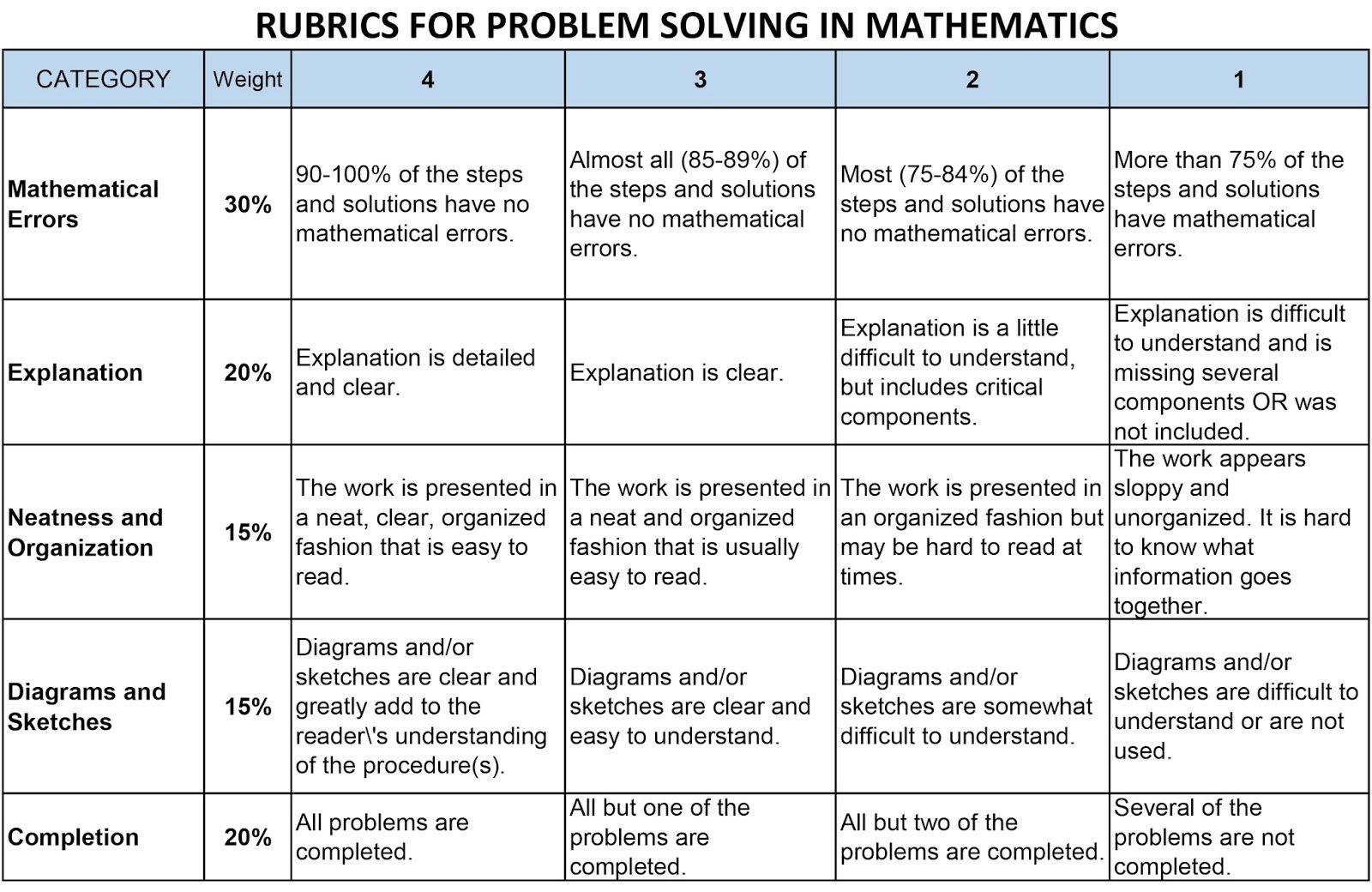Humanity has come a long way in the last centuries and even in the last decade. Technology is probably the main driver behind this journey, which is far from reaching its end. Society is galloping towards the future, yet the educational system seems like it's walking slowly. It's moving in the same direction, but walking. Slowly.
There are many aspects of this, but let's settle on one only: assessing student performance. Too many school exams — from first grade to senior high school — are assessing students based on their knowledge. Some would argue that a student's capacity of memorizing large amounts of information in a short period of time is actually being tested and graded.
Rote learning and studying just to get a good grade or to pass an exam are useless activities for students if all the information they learn will be forgotten sooner or later. And this happens sooner, rather than later.
Assessing student performance should be about more than testing knowledge. It should be about what a student can do with that knowledge. It should be about testing the skills they acquired based on that knowledge.
Even though the educational system is walking slowly, it does move in the right direction. Many teachers and educators understand the importance of acquiring skills besides knowledge and assess students accordingly. They belong to what is generally called performance-based education.
What is performance-based education?
As the name suggests, students in this type of education are assessed based not only on what they know, but also on their ability to apply that knowledge and the learned skills — based on their performance.
This approach to education is also referred to as outcome-based education and differs from the traditional approach in that not only strives for mastery of knowledge and skills, but also measures these in the context of practical tasks. Therefore, performance-based education raises a challenge for teachers to design instruction that is task-oriented.
The red pencil on paper and subjective grading experience no longer cut it. Performance-based learning activities need performance based assessment.
One great way of designing performance-based assessment is by using rubrics. Although it's not the only way, nor the best for any assessing situation, let's focus on it.
What are rubrics?
According to Carnegie Mellon University, a rubric is a scoring tool that explicitly represents the performance expectations for an assignment or piece of work. A rubric divides the assigned work into component parts and provides clear descriptions of the characteristics of the work associated with each component, at varying levels of mastery.
Teachers can use rubrics to assess a various range of learning activities: essays and papers, individual or group projects, exam questions, lab work, oral presentations, artistic performances, internships, and so on.
Here is a visual example of rubrics for problem solving in mathematics:

Photo source
How to create rubrics?
Creating rubrics can be a difficult and time-consuming process for teachers if you insist on doing this from scratch. But if you embrace technology — the driver behind humanity's progress — things get easier.
Check out the feature set of your school LMS. Some learning management systems for educational institutions offer course creators the possibility of designing rubrics within each course, with custom criteria and rating.
If this is not an option, spread your teaching antennae online. You'll find plenty of tools that do just that.
Whatever you choose, the golden rule to follow when creating rubrics for performance-based assessment is to start with the end. First you need to define the learning outcome your students are expected to achieve and then work your way backwards: define all the criteria and performance levels, create descriptions for all these and settle on the scoring system.
So what is the role of rubrics in performance-based education?
Well, with rubrics, educators are able to see where in an assignment a student's performance was high and where it lacked quality. Grading becomes much faster and easier, and above everything else, fair for all students.
What's more, if students know exactly what criteria are used for assessment, they'll be able to plan ahead and prepare for it more successfully. Rubrics help students become self-reliant, self-directed and self-assessing learners.
Rubrics therefore serve an important role in creating performance-based assessment that is both student-centered and standards driven.